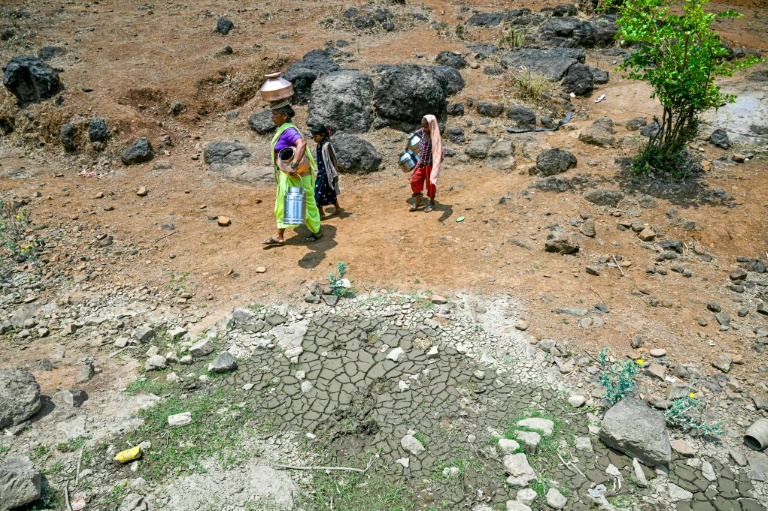India’s water crisis is worsening, particularly in villages that supply water to major cities like Mumbai. Infrastructure and resources are inadequate, leading to severe water scarcity. Climate change is exacerbating the problem with longer droughts and extreme heat causing wells to dry up early in the season. Villagers like Sunita Pandurang Satgiri from Navinwadi spend hours each day collecting water from distant sources, disrupting their daily lives.
The government has failed to provide adequate solutions, with irregular tanker supplies often bringing untreated water from contaminated sources. Despite being located near major reservoirs that supply Mumbai, villages like Navinwadi continue to face water scarcity. The situation is dire, with residents falling ill from consuming contaminated water. The government has announced schemes to address the crisis, but these efforts have yet to be realized at the grassroots level.
Experts warn of a steep fall in freshwater availability by 2030, with unsustainable rates of groundwater depletion. Himanshu Thakkar from a water rights campaign group highlights the disconnect between dam projects intended to address drought-prone regions and their actual impact, which often prioritizes urban areas and industries over rural communities. Prime Minister Narendra Modi’s flagship scheme to provide tapped water to every household has not alleviated the crisis in villages like Navinwadi, where water continues to be scarce.
Residents of Navinwadi are resigned to living on strictly rationed water supplies, with no immediate solutions in sight. Despite complaints and protests, the situation remains unchanged, leaving villagers like Ganesh Waghe dreaming of having enough water the next morning. The struggle for clean and accessible water is a daily reality for many in India’s villages, reflecting a larger systemic issue of neglect and unsustainable water management practices.
Overall, the plight of villages like Navinwadi underscores the urgent need for comprehensive and sustainable solutions to India’s water crisis, including better infrastructure, resource management, and government accountability. Failure to address these issues not only threatens the livelihoods and health of millions of people but also highlights deeper disparities in access to basic resources in the country.


